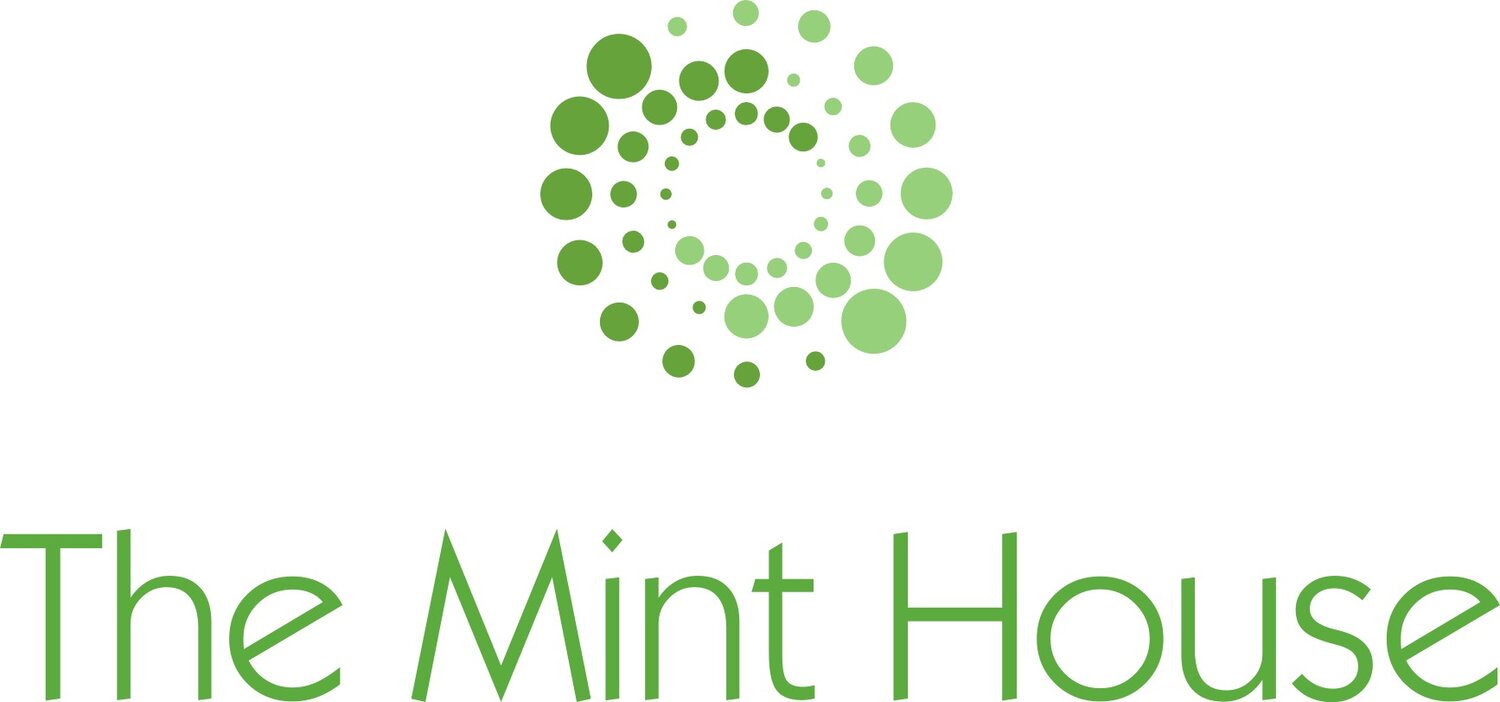By Rosie Chadwick
There’s been a flurry of recent studies of restorative practice in education, including two systematic reviews and a policy brief summarising what’s known about implementation and outcomes in US schools.
Strong themes from the findings are that restorative practice in schools can mean many things: we need to get much better at precisely defining and describing the approaches being used. Implementation needs to be well-supported. We also need more robust and longer-term evaluations that look both at outcomes and at how faithfully practice was implemented.
The policy brief[1] describes five models of ‘mis-implementation’ that can cause restorative initiatives to falter or limit their potential. The five models are:
mandated top-down mis-implementation, running counter to the emphasis on fair process, voice and collaborative decision that are the hallmarks of restorative practice.
narrow mis-implementation that see restorative practice as just about changing student behaviour rather than something that needs to involve the whole community.
colour blind and power blind mis-implementation that focuses on individuals while ignoring the systemic and structural inequalities that affect student wellbeing.
‘train and hope’ mis-implementation involving initial staff training but little or no on-going training and support.
under-resourcing, short-term mis-implementation that fails to recognise the time, commitment and resources needed to implement restorative practice fully.
For the authors (Anne Gregory and Katherine R Evans) avoiding these pitfalls means:
ensuring restorative practice is principle-based and aligned with core restorative values.
taking a comprehensive approach embracing staff as well as student behaviours, policies and procedures, teaching methods, curricular decisions and schoolwide decision-making.
emphasizing equity, including by explicitly identifying opportunity gaps and challenging disparities in discipline.
developing contextually sensitive implementation plans that reflect the strengths and needs of the setting and evolve as circumstances change.
approaching roll-out strategically combining top-down and bottom-up approaches and building a strong base of champions and leaders while also respecting the critiques and questions of colleagues who are not convinced.
creating long-term implementation plans focused on sustainability and professional support, incorporating ongoing professional development (coaching, peer mentoring, learning communities etc).
There’s much here to reflect on and aspire to.
